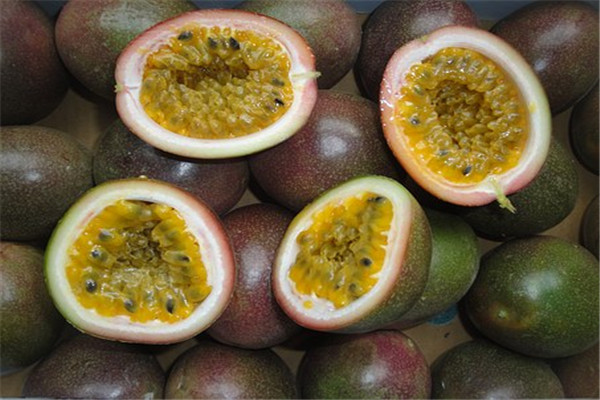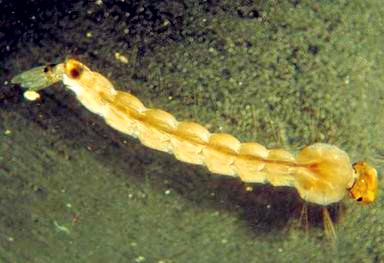When do banyan trees usually lose their leaves? When will it blossom, bear fruit and grow new leaves? What kind of bonsai is it?
The banyan tree has strong adaptability and can take root in the moist air, so it has high ornamental value, and it is common in potted plants except in South China. Banyan trees usually blossom from May to June and bear fruit from September to October. Banyan is an evergreen tree, usually do not see the obvious deciduous season, this does not mean that it does not shed leaves. General evergreen plants can shed leaves all the year round, because evergreen leaves can grow for 12-18 months, falling leaves are generally more serious in spring, with the growth of new leaves, old leaves have also completed its mission. There are usually two kinds of banyan bonsai: air root banyan bonsai and ginseng banyan bonsai. The flower market is generally sold in large quantities, and the market price is about 200-300 yuan, which is determined by the size, singularity and aesthetic value of the bonsai. The better price will be higher, but within 1000 yuan.

Banyan trees have the following common types:
1. Weeping banyan
Weeping banyan, also known as weeping leaf banyan, weeping branch banyan, small leaf banyan, white banyan and so on, is a species of the same genus, evergreen broad-leaved trees, pots are shrubby. There are many branches, and the branches are soft and drooping. The leaves are small, drooping, green, thin and leathery, which are popular indoor foliage plants at home and abroad.
2. Flower and leaf banyan
Flower and leaf banyan, another name of flower and leaf banyan, is a cultivated variety of weeping banyan, evergreen shrub with few branches. The shape of the plant is erect. The leaves are densely alternate, oval, and the veins and margins of the leaves have irregular light yellow spots, which is of high ornamental value.
3. Ficus maculata
Ficus maculata is a cultivated variety of Ficus, and its plant is relatively short. The leaves are smaller and green than those of Ficus, and have irregular milky yellow markings on the leaves, so they have higher ornamental value.
4. Ficus variegata
Ficus angustifolia is a cultivated variety of Ficus.
The branches are drooping and the branches are dense. The leaf is smaller than the spotted banyan, and the leaf surface has yellow-green irregular markings, which is of more ornamental value than the spotted banyan.
5. Finch banyan
Bird banyan alias mountain banyan, bird banyan, red meat banyan, military banyan, green handle stick and so on, are common species of the same genus, evergreen trees with drooping aerial roots. The bark is smooth and dark brown. Leaf blade broad, long oval, entire, leaf tip obtuse, 10-20 cm long, concentrated on the tip of lateral branches. It is best to watch when new leaves grow. Extremely shady, can be indoor long-term pot culture.
6. Golden Banyan
Golden banyan, also known as yellow banyan, golden leaf banyan and so on, is a cultivated variety of banyan tree. the leaves are golden, smooth and bright, and the leaves are more beautiful when growing in strong light.
7. Triangular banyan
Triangular banyan is a common species of the same genus, low shrub, inverted triangular leaves, not cold-resistant, suitable for small potted plants.
8. Ficus variegata
Ficus triangularis is a cultivated variety of Ficus triangularis, which has irregular stripes of yellow, white and green on its leaves, which is more ornamental and less resistant to cold than Ficus deltoides. It is appropriate to plant the leaves in pots.
9. Qin Ye Banyan
Ficus arborescens is a common species of the same genus, evergreen trees with black branches. Leaf blade violin-shaped, entire undulate, leaf blade large, 20-30 cm long and 13-20 cm wide. The leaf surface is dark green, the leaf back is brown, gradually white. Strong cold resistance. It is suitable for indoor pot breeding.
Time: 2019-03-24 Click:
- Prev

When will passion fruit be planted? How long can it blossom and bear fruit? How to plant it?
Passion fruit, also known as egg fruit, is a herbaceous vine of the genus Passiflora of Passifloraceae. It has a flowering period of June and a fruiting period of November. The flowers are large and beautiful without fragrance and can be used as garden ornamental plants. The fruit can be eaten raw or used as vegetable or fodder, and the medicine has the effect of excitement and strength, in other parts of China.
- Next

How do mosquito larvae come into being? How to eliminate mosquito larvae in fish tanks and bowls of lotus water?
The larva of a mosquito is the intermediate stage in which mosquitoes grow from eggs to pupae and are hatched by mosquito eggs in water. So how do mosquito larvae come into being? How to eliminate mosquito larvae in fish tanks and bowls of lotus water? Wigglers are hatched from eggs laid by female mosquitoes in fresh water.
Related
- Fuxing push coffee new agricultural production and marketing class: lack of small-scale processing plants
- Jujube rice field leisure farm deep ploughing Yilan for five years to create a space for organic food and play
- Nongyu Farm-A trial of organic papaya for brave women with advanced technology
- Four points for attention in the prevention and control of diseases and insect pests of edible fungi
- How to add nutrient solution to Edible Fungi
- Is there any good way to control edible fungus mites?
- Open Inoculation Technology of Edible Fungi
- Is there any clever way to use fertilizer for edible fungus in winter?
- What agents are used to kill the pathogens of edible fungi in the mushroom shed?
- Rapid drying of Edible Fungi

